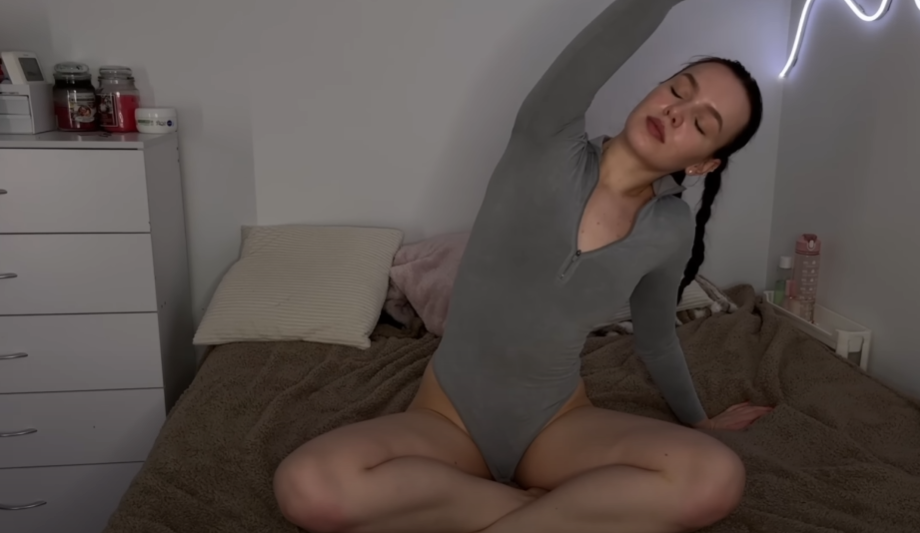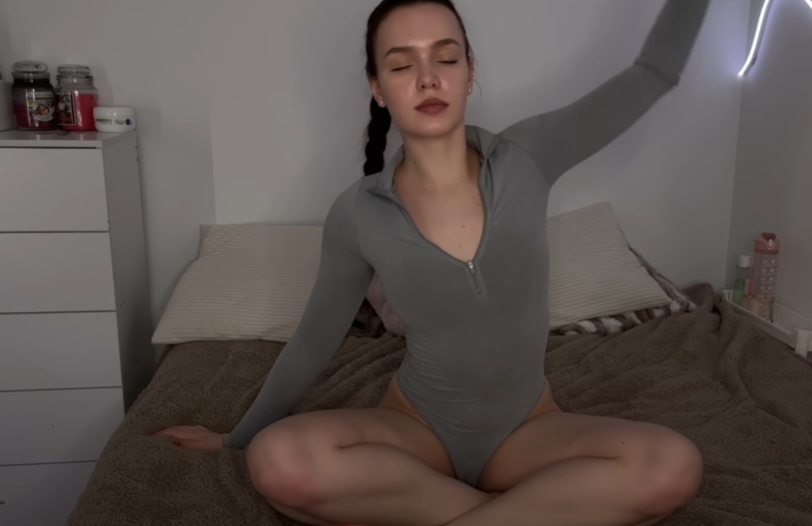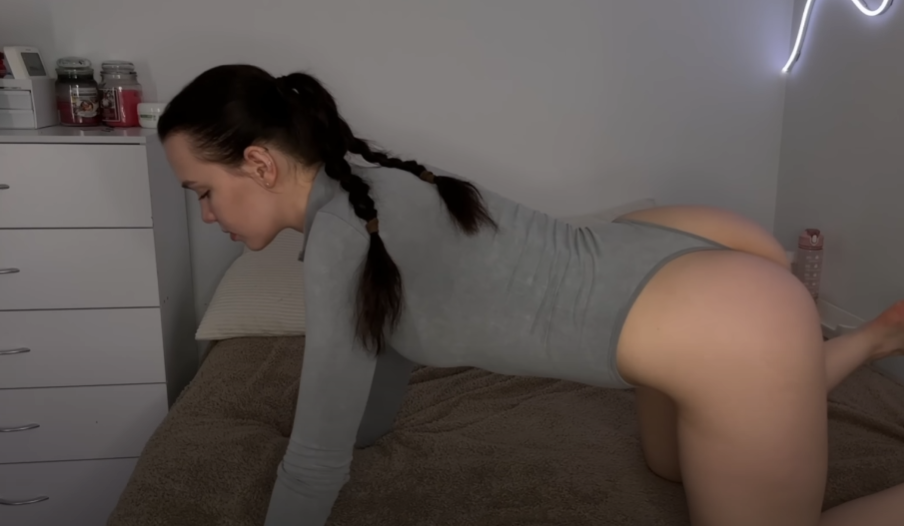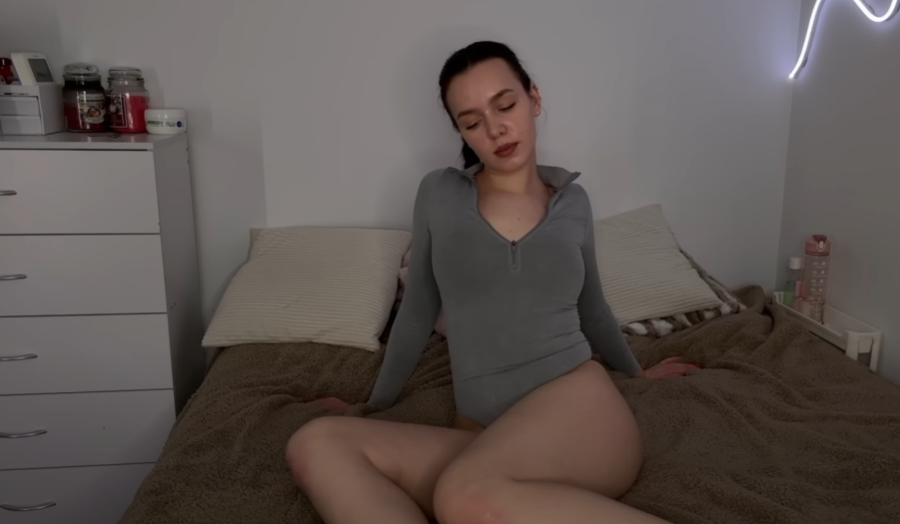In a fast-paced world like ours, winding down at the end of the day has become increasingly difficult. Whether it’s work stress, screen time, or just a racing mind, many of us struggle to truly relax before bed. But getting quality sleep is crucial—it’s the foundation of physical health, mental clarity, and emotional balance. Fortunately, you can train your body and mind to prepare for rest. One of the most effective ways to do this is by incorporating simple relaxation exercises into your nightly routine.

In this article, we’ll guide you through gentle, calming movements and breathing techniques designed to help your entire body let go of tension. You don’t need any fancy equipment—just a quiet space, a few minutes, and a willingness to slow down. Let’s begin your journey to sweet sleep.

Why Sleep Prep Matters
Sleep isn’t just about closing your eyes. It’s about giving your body and mind the space to recover, repair, and reset. When you go to bed feeling anxious or physically tense, it can delay your ability to fall asleep and affect the quality of rest you get. By preparing your body through simple movements, you signal to your nervous system that it’s time to transition from wakefulness to rest.
These exercises help to:
- Lower your heart rate
- Reduce stress hormones like cortisol
- Loosen tight muscles
- Activate the parasympathetic nervous system (your “rest and digest” mode)

Before You Begin
Set the mood. Dim the lights, put away your devices, and play some soft music or white noise if that helps you relax. Wear comfortable clothes and find a quiet space, ideally with a soft mat or carpet.
You can do these exercises right before bed or even in bed, depending on what feels best for you. Just remember—go slow, listen to your body, and breathe deeply.

1. Neck and Shoulder Rolls (2–3 minutes)
Many of us hold tension in the neck and shoulders, especially after long hours at a desk or looking at screens. Gentle movement in this area can instantly release built-up stress.
How to do it:
- Sit or stand tall, keeping your spine straight.
- Slowly roll your shoulders forward in a circular motion 5 times.
- Then roll them backward 5 times.
- Drop your right ear toward your right shoulder, hold for 10 seconds, and switch sides.
- Slowly rotate your neck in a full circle (clockwise and then counterclockwise).

2. Seated Forward Fold (2 minutes)
This gentle stretch helps release the lower back and hamstrings, which often tighten due to prolonged sitting or stress.
How to do it:
- Sit on the floor with your legs extended in front of you.
- Inhale deeply and stretch your arms overhead.
- As you exhale, fold forward from the hips, reaching toward your toes.
- Keep your knees slightly bent if needed.
- Rest your hands on your shins, ankles, or feet—wherever they reach comfortably.
- Hold the position for about a minute, breathing deeply.
Benefits: This calming pose encourages introspection and helps to quiet the mind.

3. Legs-Up-the-Wall Pose (3–5 minutes)
A restorative yoga pose that improves circulation, calms the nervous system, and promotes relaxation.
How to do it:
- Lie on your back and scoot your hips as close to a wall as possible.
- Extend your legs up the wall, forming an L shape.
- Keep your arms relaxed at your sides or rest your hands on your belly.
- Close your eyes and take slow, deep breaths.
- Stay in this pose for 3–5 minutes.
Tip: You can place a pillow under your hips for added support.

4. Cat-Cow Stretch (1–2 minutes)
This flowing movement helps ease tension in the spine and reconnect you with your breath.
How to do it:
- Start on your hands and knees in a tabletop position.
- As you inhale, drop your belly, lift your chest and tailbone (Cow Pose).
- As you exhale, round your back, tuck your chin, and draw your belly in (Cat Pose).
- Continue flowing between these two positions with your breath.
Benefits: This stretch massages the spine and helps release emotional tension stored in the back.

5. Reclining Spinal Twist (2–3 minutes)
A gentle twist that soothes the spine and massages internal organs, encouraging digestion and detoxification.
How to do it:
- Lie on your back with your knees bent.
- Draw both knees into your chest.
- Let your knees fall gently to the right side while keeping your shoulders on the ground.
- Extend your arms out in a T shape and look toward the opposite direction.
- Hold for 1–2 minutes, then switch sides.
Tip: Breathe deeply into your belly, feeling the twist with every exhale.
6. Progressive Muscle Relaxation (5 minutes)
This technique helps release tension by consciously tensing and relaxing different muscle groups.
How to do it:
- Lie down in a comfortable position.
- Start with your toes—curl them tightly, hold for 5 seconds, and release.
- Move upward: tense your calves, thighs, hips, abdomen, hands, arms, shoulders, neck, and face—holding and relaxing each for a few seconds.
- Focus on the contrast between tension and relaxation.
Benefits: Promotes full-body relaxation and increases awareness of tension patterns.
7. Breathwork: 4-7-8 Breathing (2–3 minutes)
A powerful yet simple breathing technique that helps slow the heart rate and quiet the mind.
How to do it:
- Inhale through your nose for 4 seconds.
- Hold your breath for 7 seconds.
- Exhale through your mouth slowly for 8 seconds.
- Repeat for 4–8 cycles.
Tip: This can be done lying down or sitting up—ideal as your final wind-down before sleep.
Bonus: Body Scan Meditation (Optional)
If you still feel restless, try a body scan meditation. Close your eyes and mentally “scan” your body from head to toe, noticing where you feel tension or warmth. Simply observe, without judgment. This mindful practice brings you fully into the present moment—away from tomorrow’s to-do list.
Final Thoughts
Relaxation is not just a luxury—it’s a necessity, especially when it comes to sleep. These simple yet powerful exercises don’t require a gym membership or hours of your time. They’re accessible, easy to learn, and deeply effective. By making them part of your nightly ritual, you’re giving your body the gift of calm and your mind the signal that it’s safe to rest.
In 2025 and beyond, let sleep be sacred. Put down the phone, dim the lights, and reconnect with yourself. Your body knows how to rest—you just have to give it permission.
Sweet dreams.
Let me know if you’d like a version with images, a printable checklist, or even a script for a guided audio version!



